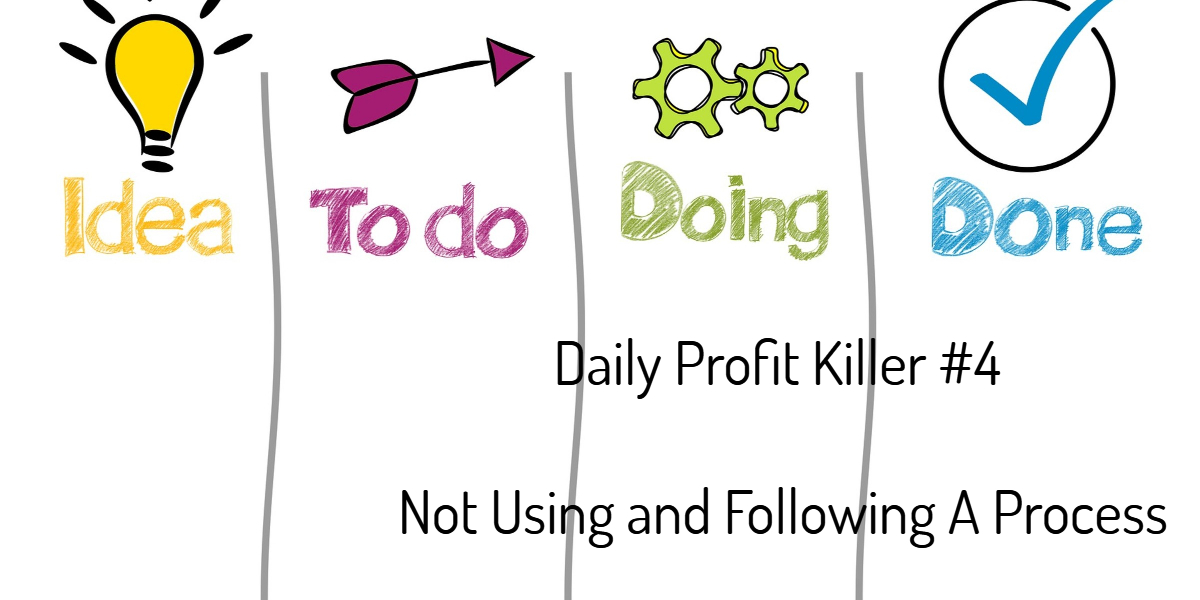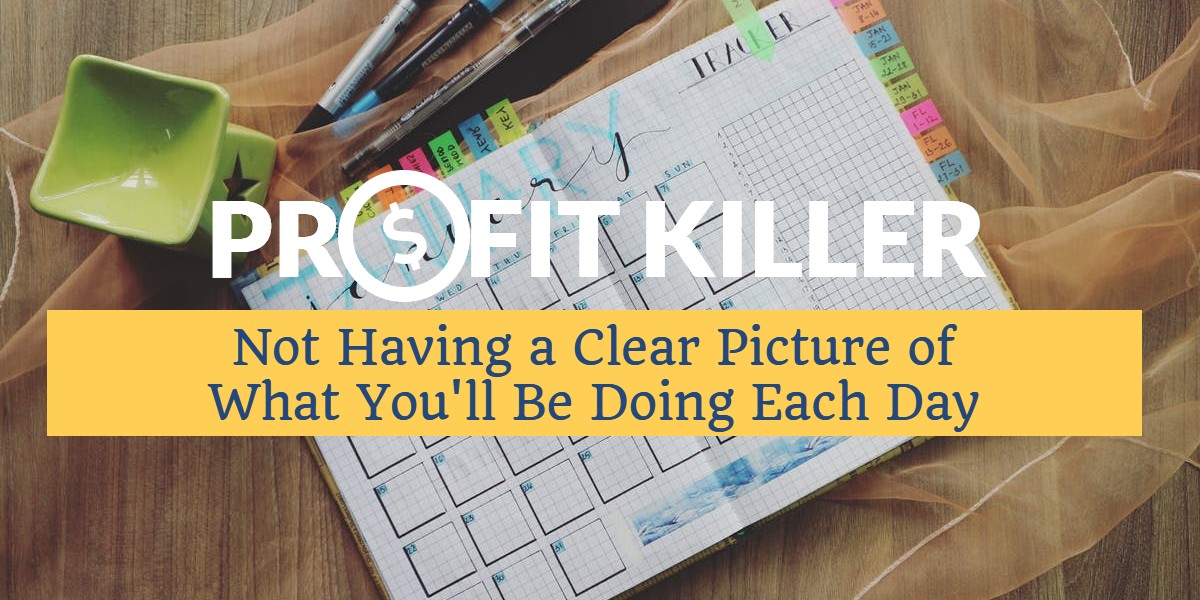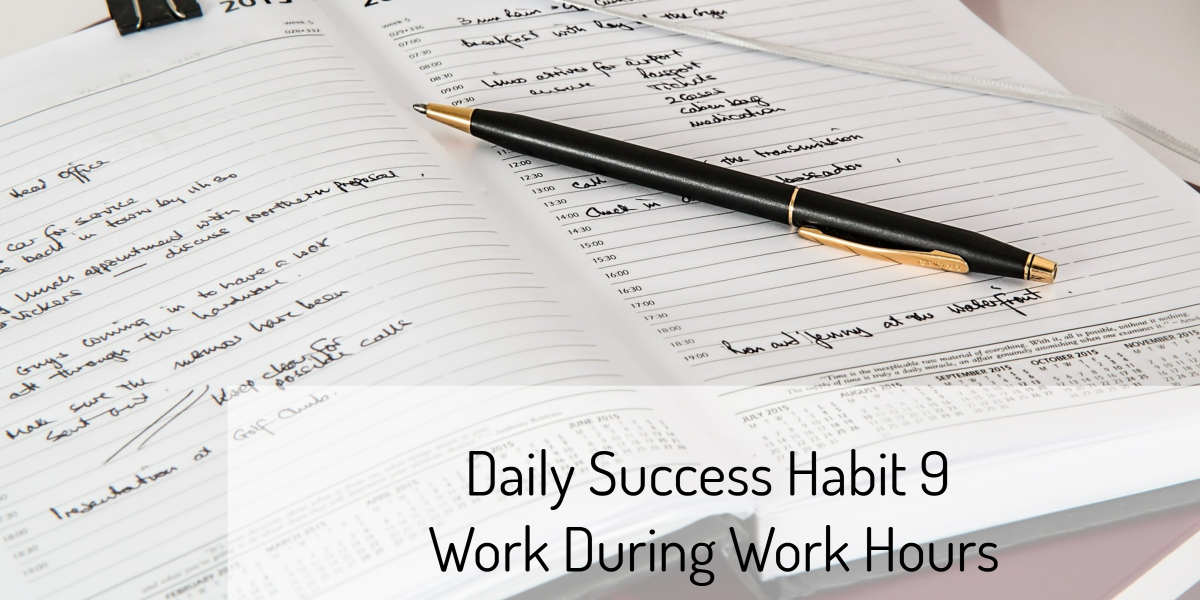Perfection might be a bad habit of yours. In fact, if you’re a frequent procrastinator, then perfection might actually be your main issue. If you’re
Author: charlene

There are certain things you do on a daily basis for your business. Struggling through these same tasks over and over again is an inefficient, poor habit. Instead, create a process for each of your common, important tasks.

It might seem a little silly that I’m writing such a post. But, a daily profit killer is social media. It is really a big, distracting problem for many people in business all over the world.

Planning ahead is so important. If you’re starting your day off without a clear picture of what you’ll be doing that day, then you’re killing your profits.

If you’re like many people I’ve talked to, then you’ve reached the end of the day without having gotten anything done. This is extremely discouraging for you. Maybe you start the day off really excited and thinking that you’re going to be highly productive that day. But, it just doesn’t happen.

Just as it’s important to pay attention to the habits that will help you become more profitable, it’s also important to pay attention to the

There are many, many moving parts in a business.There are many, many different pieces you’re juggling at any given time. So, how do you increase profitability when you have so many different things that you have to pay attention to?

Schedule rewards for yourself with play. Have fun. Laugh. It will help you be more refreshed and more ready to work. Reward yourself for small achievements as well as large achievements.

I encourage you to set work hours for yourself. It’s far healthier to get your work done during the workday than it is to work from sun up to sun down. You’ll quickly burn yourself out. You’ll have a lot more energy to profit more if you’re able to turn the work off in off hours.

You may know it as the Pareto Principle. It is an economic principle that has crossed over to general business and then into the various aspects of productivity. And it says: 80% of the output from a given situation or system is determined by 20% of the input. It works for solo businesses, too.

